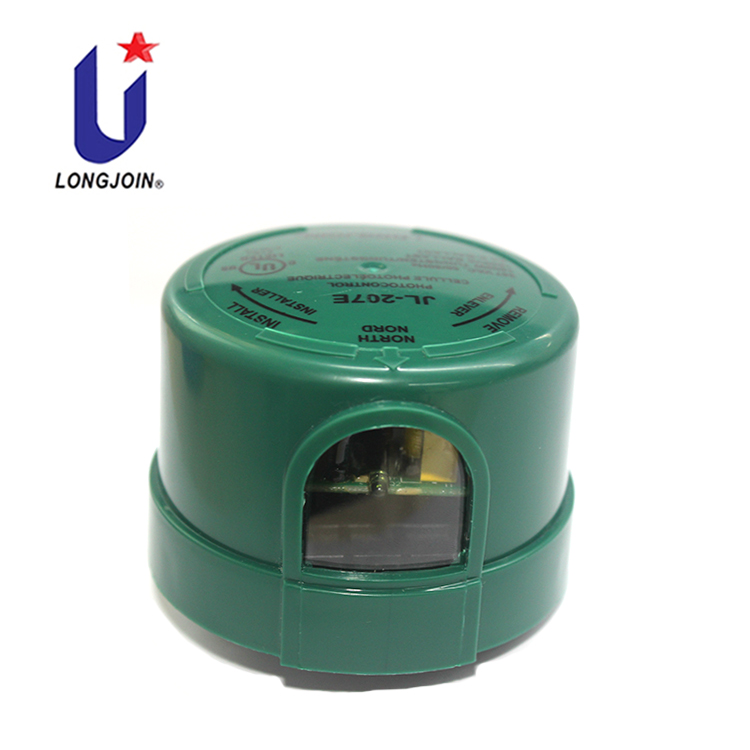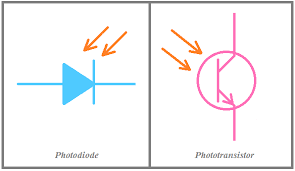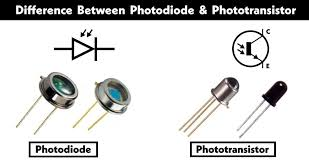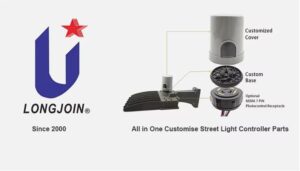Comparative Analysis of Photoresistors and Other Optical Sensors
Introduction
Optical sensors detect and measure light. They are widely used in lighting, security, automation, and imaging. Photoresistors are simple but effective. They detect changes in light intensity by altering resistance. They are cheap and low-power but slow in response.
Other optical sensors offer better performance. Photodiodes and phototransistors respond faster. They work well in precise light detection. CCD and CMOS sensors convert light into digital signals. They are used in imaging and automation.
This article compares these sensors based on principles, sensitivity, adaptability, power consumption, and applications.


Working Principle Comparison
Each sensor operates differently. Their designs suit specific tasks.
- Photoresistor: It works on the internal photoelectric effect. When light hits, resistance drops. More light means lower resistance.
- Photodiode: It uses a PN junction. It converts light into current. It responds quickly and efficiently.
- Phototransistor: It amplifies signals from light. It is like a photodiode but more sensitive.
- CCD/CMOS Sensors: They use semiconductor materials. They convert light into digital signals. They capture images in cameras and security devices.
Sensitivity and Response Time
Sensitivity determines how well a sensor detects light. Response time affects speed.
- Photoresistor: Moderate sensitivity. Works well in basic lighting control and street lighting outdoor. Response time is slow (milliseconds).
- Photodiode: High sensitivity. Detects even weak light. Very fast response (nanoseconds). Used in fiber optics and optical sensing.
- Phototransistor: More sensitive than photodiodes. Response speed is microseconds. Used in remote control light systems and infrared detection.
- CCD/CMOS Sensors: Highest sensitivity. Detects a wide light spectrum. Response varies but is typically in milliseconds. Used in cameras and security imaging.
Fast response sensors are used in industrial and medical applications. Slow ones work in basic lighting control systems.
Environmental Adaptability
Optical sensors must handle different conditions. Temperature, electromagnetic interference, and light sources affect performance.
- Photoresistor: Good for outdoor use. Strong against electromagnetic interference. But sensitive to UV degradation.
- Photodiode: Stable under different lighting. Handles electromagnetic noise well. But requires cooling for high temperatures.
- Phototransistor: Fast response but affected by heat and noise. Works well in infrared sensing.
- CCD/CMOS Sensors: Works across a wide spectral range. But stray light and thermal noise reduce accuracy.
Photoresistors work well in street lighting outdoor applications. Photodiodes and phototransistors are better for stable, controlled environments. CCD/CMOS sensors need shielding from unwanted light interference.
Power Consumption and Cost
Cost and energy use impact sensor choice. Some sensors are cheap but slow. Others are expensive but offer superior performance.
- Photoresistor: Very low power. Cheapest sensor. Best for photocell lighting sensor
- Photodiode: Low power consumption. Medium cost. Used in high-precision sensing.
- Phototransistor: Low power use. Moderate cost. Ideal for remote control light devices and infrared detection.
- CCD/CMOS Sensors: High power consumption. Expensive. Necessary for high-end imaging and AI-based street light controller systems.
For cost-sensitive projects, photoresistors are the best. For performance-critical tasks, CCD/CMOS sensors are preferred.
Power Consumption and Cost
Cost and energy use impact sensor choice. Some sensors are cheap but slow. Others are expensive but offer superior performance.
- Photoresistor: Very low power. Cheapest sensor. Best for photocell lighting sensor
- Photodiode: Low power consumption. Medium cost. Used in high-precision sensing.
- Phototransistor: Low power use. Moderate cost. Ideal for remote control light devices and infrared detection.
- CCD/CMOS Sensors: High power consumption. Expensive. Necessary for high-end imaging and AI-based street light controller systems.
For cost-sensitive projects, photoresistors are the best. For performance-critical tasks, CCD/CMOS sensors are preferred.
Application Scenarios
Each sensor has different uses. Some are common in daily life. Others are used in high-tech industries.
- Photoresistor: Found in street lighting outdoor, night lamps, and photocell lighting sensor applications. Controls lighting control systems for energy savings.
- Photodiode: Used in medical imaging, barcode scanners, and optical communication. Common in security alarms and industrial sensors.
- Phototransistor: Used in remote control light devices, infrared receivers, and autofocus systems. Found in motion detection and automatic doors.
- CCD/CMOS Sensors: Used in digital cameras, security systems, and industrial automation. Key in AI, self-driving cars, and smart surveillance.
Choosing the right sensor depends on application needs.


Technology Development Trends
- Photoresistors: They are being replaced due to material regulations. However, their low cost keeps them relevant.
- Photodiodes and Phototransistors: They are growing in smart lighting control Their precision makes them valuable in medical devices.
- CCD/CMOS Sensors: They are advancing due to AI and IoT. They are essential in industrial automation and smart transportation.
Comprehensive Comparison Summary
Each sensor has advantages and disadvantages. The choice depends on budget and performance needs.
- Photoresistors: Best for street lighting outdoor and basic photocell lighting sensor setups. Low-cost but slow.
- Photodiodes and Phototransistors: Offer better accuracy and speed. Used in high-precision lighting control applications.
- CCD/CMOS Sensors: High-cost but irreplaceable in AI and imaging. Essential for street light controller and smart automation.
Users should balance cost, speed, and sensitivity when choosing an optical sensor.
Summing Up
Photoresistors remain useful in lighting control and photocell lighting sensor applications. They are cheap but slow. Photodiodes and phototransistors offer better precision. They are used in industrial sensing, medical devices, and automation.
CCD/CMOS sensors are essential for high-end applications. AI-driven street light controller systems and smart cities increase their demand. Future optical sensors will focus on automation, efficiency, and integration with AI
FAQs
Why are photoresistors still used if they have a slow response time?
Photoresistors are cheap and reliable for basic lighting control applications. They work well in street lighting outdoor and photocell lighting sensor setups where response speed is not critical. Their low power consumption makes them ideal for automatic lighting systems.
Which optical sensor is best for high-precision applications?
Photodiodes and phototransistors are best for high-precision detection. They offer fast response and high sensitivity. CCD/CMOS sensors are ideal for imaging and smart street light controller systems.
How do I choose the right optical sensor for my application?
Consider cost, sensitivity, response speed, and environmental conditions. Photoresistors are best for simple lighting control. Photodiodes and phototransistors work well in automation and medical devices. CCD/CMOS sensors are ideal for advanced imaging and AI-based street light controller systems.
External Links
https://en.wikipedia.org/wiki/Photodiode






